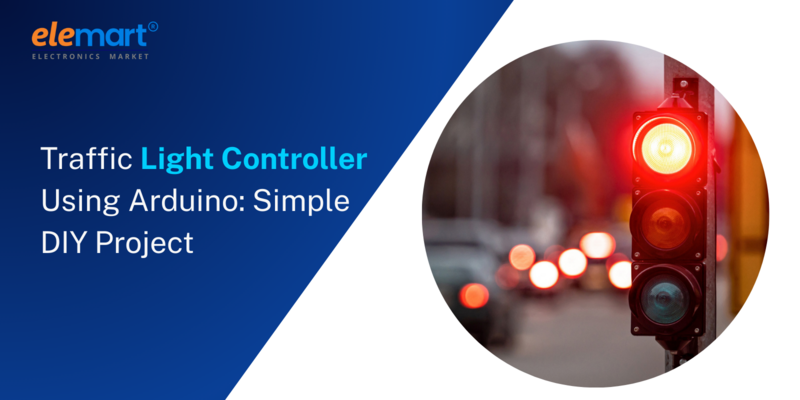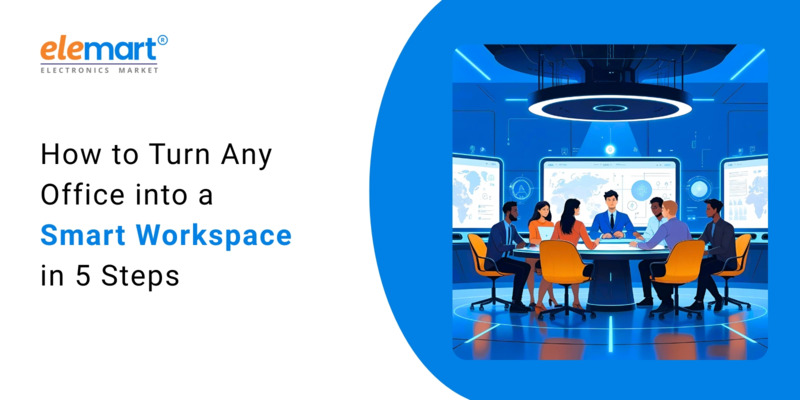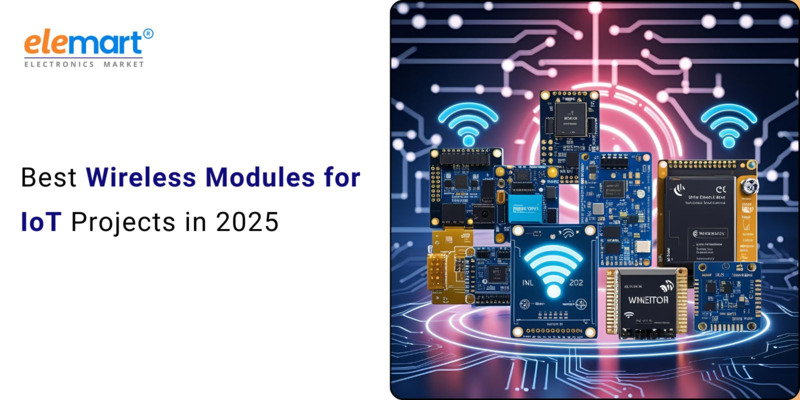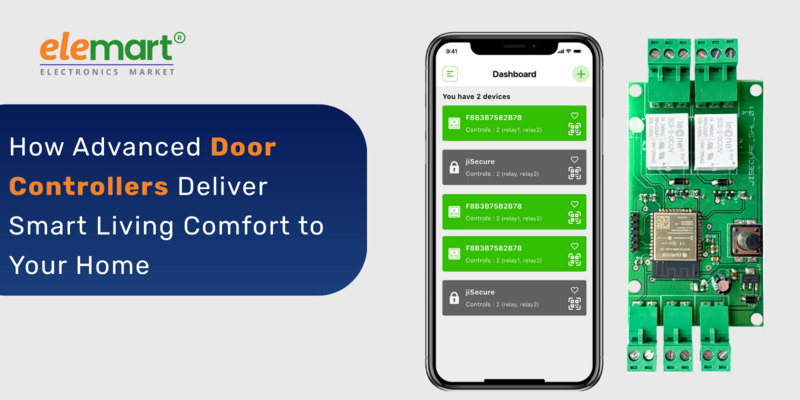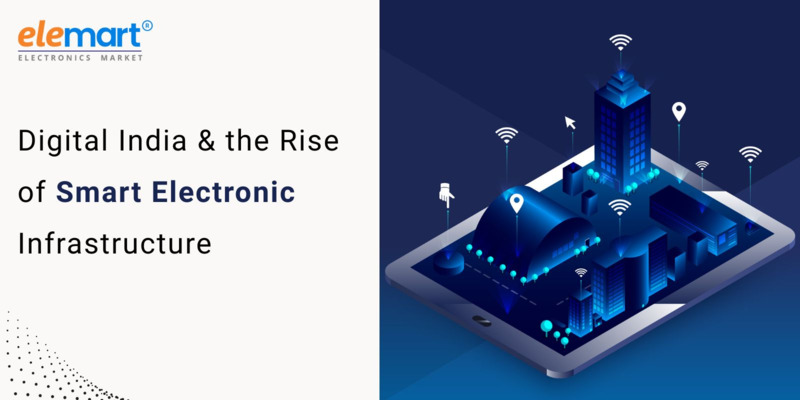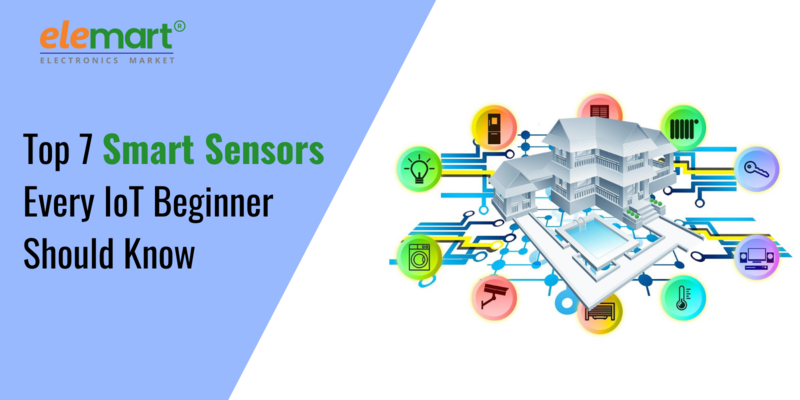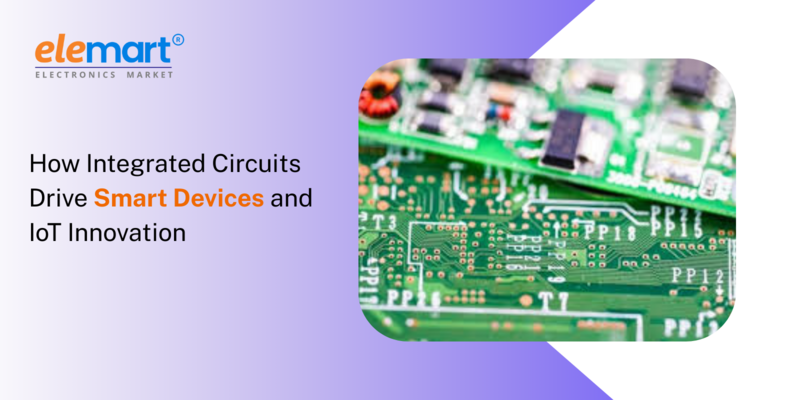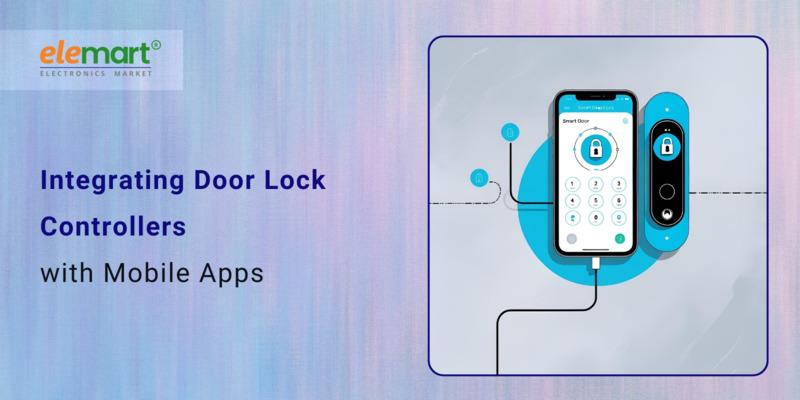- Jul 08, 2025
Share this post on:

Life today is complex. We’re juggling work, family, social commitments, and constantly feel the pressure to do more. Wouldn't it be amazing to shave off some of that daily stress? While we can't eliminate everything, simplifying your life is achievable, and surprisingly, a key part of that is rethinking how you manage access to your spaces. Enter: smart access controls.
This isn't just about futuristic gadgets; it's about regaining control, enhancing security, and freeing up your mental energy. This blog post will explore how smart access controls can dramatically simplify your life, from your home to your business and beyond.
What Are Smart Access Controls?
Traditionally, access control meant keys, fobs, or keypads. Smart access control systems go far beyond that. They leverage technology – think smartphones, biometrics, cloud connectivity – to provide secure and convenient ways to grant or deny access to your property. Forget fumbling for keys; imagine unlocking your door with a tap of your phone, or automatically granting access to delivery drivers without having to be present.
The Benefits of Simplifying with Smart Access Controls
The advantages of upgrading to a smart access control system extend far beyond mere convenience. They impact safety, efficiency, and overall peace of mind.
- Enhanced Security: Traditional keys can be easily copied, lost, or stolen. Smart access controls offer multiple layers of security:
- Unique User IDs: Instead of generic keys, each user has a unique identifier (fingerprint, facial recognition, mobile app login).
- Activity Logging: Detailed records of who enters and exits, when, and can be used for security audits.
- Remote Access Management: Grant or revoke access instantly, even when you’re away. This is invaluable for rentals or when managing guest access.
- Instant Notifications: Receive alerts when a door is opened or closed, allowing you to monitor activity in real-time.
- Unmatched Convenience: This is the "wow" factor.
- Keyless Entry: Say goodbye to keys! Use your smartphone, a unique code, or even facial recognition.
- Automated Access: Integrate with smart home ecosystems to automate door unlocking based on time of day, location, or other triggers.
- Temporary Access Codes: Perfect for guests, contractors, or pet sitters. Easily generate and expire codes, eliminating the need to hand out physical keys.
- Increased Efficiency: Smart access controls streamline processes, especially in businesses.
- Reduced Administrative Overhead: No more managing physical keys or re-keying locks.
- Simplified Employee Management: Easily add or remove employees from the system.
- Improved Time Tracking: Integrate with time-and-attendance systems.
- Peace of Mind: Knowing your property is secure and you have complete control over who enters provides significant peace of mind. Worrying about lost keys or unauthorized access becomes a thing of the past.
- Increased Property Value: A modern, secure smart home or business is a highly desirable asset.
Types of Smart Access Control Systems
The options available are diverse, catering to different needs and budgets.
- Smartphone-Based Access: The most common and affordable option. Uses Bluetooth or Wi-Fi to connect to the lock. Simple to install and manage. Great for homes and smaller businesses.
- Keypad Entry: Ideal for situations where you don't want to rely solely on a smartphone, such as for family members or service providers.
- Biometric Access (Fingerprint/Facial Recognition): Offers the highest level of security, as it relies on unique biological traits. Becoming increasingly common in higher-end systems.
- RFID (Radio-Frequency Identification): Uses cards or fobs that emit a signal when they are within range of the reader. Popular for access to offices or shared facilities.
- Networked Access Control (NAC): A more sophisticated system typically used in larger businesses. Integrates with existing network infrastructure and offers advanced features like multi-factor authentication.
- Video Intercom Systems: Combines access control with video monitoring, allowing you to see and speak to visitors before granting access.
Implementing Smart Access Controls: Considerations & Steps
While smart access control systems offer numerous benefits, proper implementation is crucial for optimal performance and security.
- Assess Your Needs: Determine your priorities – security, convenience, budget, number of users, etc. Consider the areas you want to secure (front door, back door, garage, office).
- Choose the Right System: Research different brands and models, read reviews, and compare features. Ensure the system is compatible with your existing smart home ecosystem (if applicable).
- Professional Installation vs. DIY: While some systems are designed for DIY installation, complex setups or networked systems may require professional help. Incorrect installation can compromise security.
- Network Security: Smart access control systems are connected to the internet, making them potential targets for hackers. Secure your Wi-Fi network with a strong password and enable two-factor authentication.
- User Management: Create a clear process for adding, removing, and managing user access. Regularly review user permissions.
- Backup Power: Ensure the system has a backup power supply to prevent lockout during power outages.
- Regular Software Updates: Keep the system’s software up-to-date to patch security vulnerabilities.
- Train Users: Educate all users on how to use the system properly and understand its security features.
Beyond the Home: Smart Access Controls for Businesses
The benefits of smart access control extend far beyond the residential market. Businesses of all sizes can benefit from increased security, improved efficiency, and streamlined operations.
- Office Buildings: Control access to different floors, departments, and conference rooms.
- Retail Stores: Manage employee access, prevent theft, and enhance customer experience.
- Warehouses and Manufacturing Facilities: Secure inventory, restrict access to sensitive areas, and improve safety.
- Educational Institutions: Control access to classrooms, labs, and administrative offices.
- Healthcare Facilities: Protect patient information and restrict access to sensitive areas.
The Future of Smart Access Control
The technology is constantly evolving, with exciting innovations on the horizon.
- Integration with AI & Machine Learning: Systems will become more intelligent, capable of identifying potential threats and adapting access control based on user behavior.
- Voice Control: Imagine unlocking your door simply by saying "Alexa, unlock the front door."
- Increased Use of Biometrics: More advanced biometric technologies, such as vein recognition and iris scanning, will become more prevalent.
- Blockchain Integration: Could potentially provide a more secure and transparent way to manage access permissions.
- Contactless Technology Expansion: Post-pandemic, expect continued growth in touchless entry solutions for hygiene and convenience.
Conclusion: Reclaim Your Time and Simplify Your Life
Smart access control isn't just a technological upgrade; it's an investment in your peace of mind, efficiency, and overall quality of life. By embracing this technology, you can simplify your daily routines, enhance your security, and reclaim valuable time and mental energy. Are you ready to unlock the potential of smart access control and simplify your life? Contact today.
